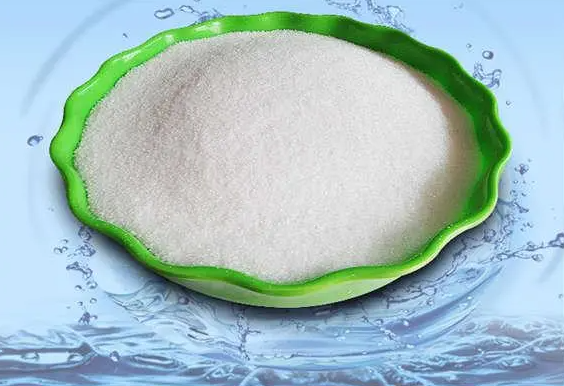Polyacrylamide is referred to as PAM, and is divided into anion (HPAM) and cation (CPAM). Nonionic (NPAM) is a linear polymer and one of the most widely used varieties in water-soluble polymer compounds. And its derivatives can be used as effective flocculants, thickeners, paper strengthening agents and liquid drag reducers, etc., widely used in water treatment, papermaking, petroleum, coal, mining and metallurgy, geology, textiles, construction, etc. Industrial sector.
Polyacrylamide is called No. 3 coagulant, flocculant No. 3; referred to as PAM; it is often called retention aid in papermaking and other industries. At present, the products commonly supplied by our company are solid (dry powder) and emulsion.
Polyacrylamide is divided into anionic polyacrylamide; cationic polyacrylamide; nonionic polyacrylamide; zwitterionic polyacrylamide; English name; PAM (acrylamide).
Principle of action
1) The principle of flocculation: when PAM is used for flocculation, it is related to the surface properties of the flocculated species, especially the kinetic potential, viscosity, turbidity and pH value of the suspension. The dynamic potential of the particle surface is the reason for particle inhibition. PAM with opposite surface charges can reduce the kinetic potential and aggregate.
2) Adsorption and bridging: PAM molecular chains are fixed on the surfaces of different particles, and polymer bridges are formed between the particles, so that the particles form aggregates and settle.
3) Surface adsorption: various adsorptions of polar group particles on PAM molecules.
4) Reinforcement: The PAM molecular chain and the dispersed phase implicate the dispersed phase together through various mechanical, physical and chemical effects to form a network.
Technical Indicators
| Item | Exterior | Molecular weight (ten thousand) | Solid content% | Ionic degree or degree of hydrolysis% | Residual monomer% | Use range |
| Anionic | white granule or powder | 300—2200 | ≥88 | Hydrolysis degree 10-35 | ≤0.2 | The pH of the water is neutral or alkaline |
| Cationic | white granule | 500-1200 | ≥88 | Ionic degree 5-80 | ≤0.2 | Belt machine centrifugal filter press |
| Non-ionic | white granule | 200—1500 | ≥88 | Hydrolysis degree 0-5 | ≤0.2 | The pH of the water is neutral or alkaline |
| Zwitterionic | white granule | 500—1200 | ≥88 | Ionic degree 5-50 | ≤0.2 | Belt machine centrifugal filter press |
| Anionic | proportion | 0.62 | Test weight | 0.5 |
Post time: Feb-01-2023


